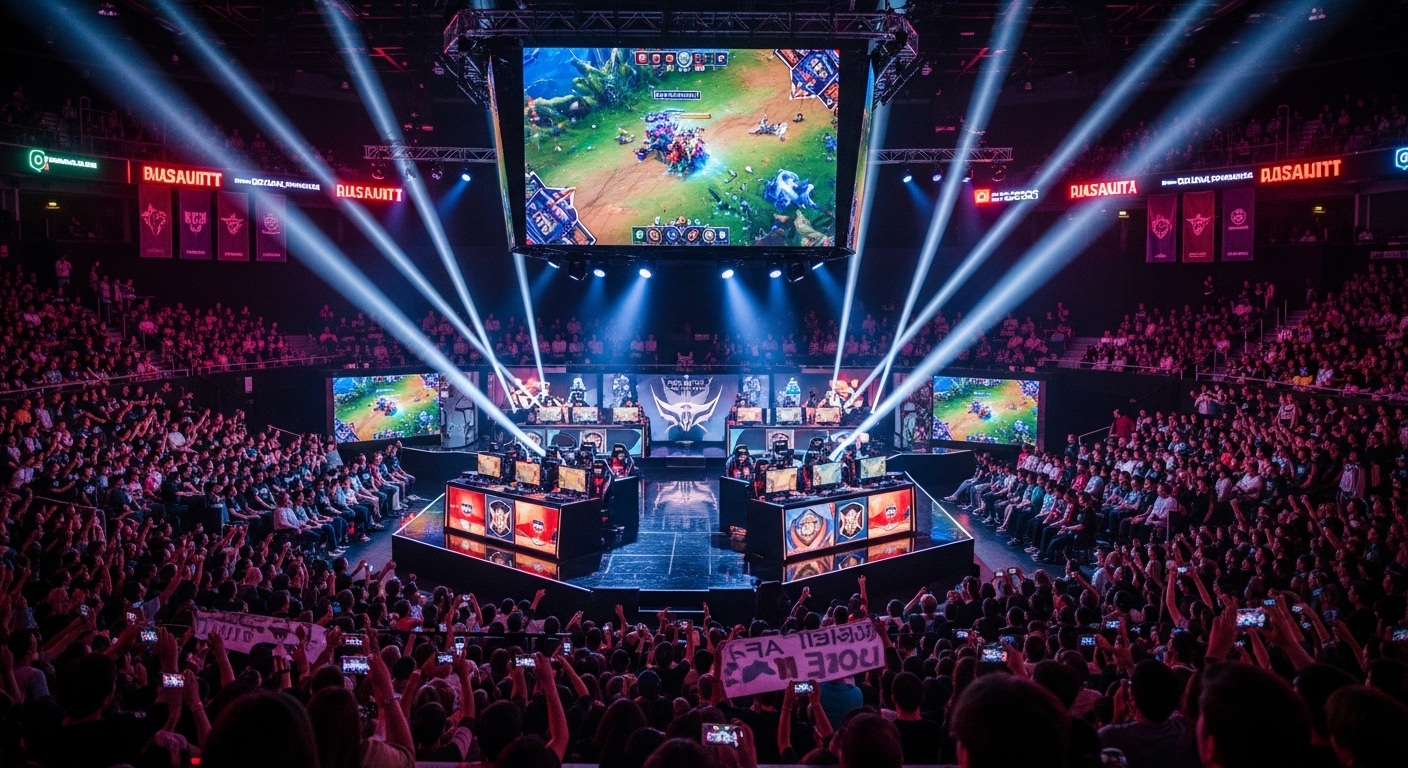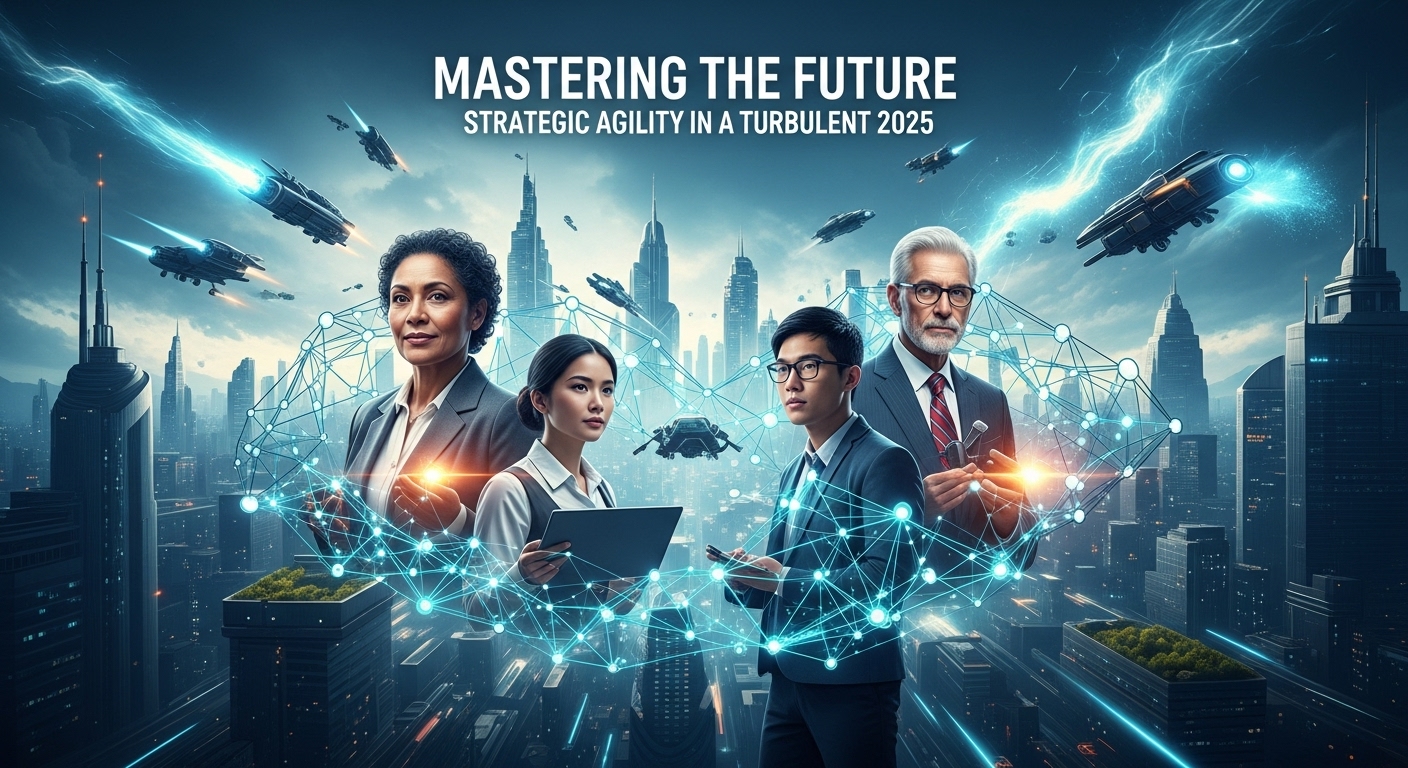Introduction
Competitive gaming, better known today as esports, has rapidly grown from a niche hobby to a global phenomenon. Millions of viewers tune in to watch tournaments where professional gamers compete for glory, prestige, and substantial prize money. This evolution of competitive gaming has not been fueled by passion alone—it has been heavily shaped and defined by technology. From powerful hardware to streaming platforms, from game design innovations to artificial intelligence, technology has played an indispensable role in turning competitive gaming into a billion-dollar industry and cultural force.
In this blog, we will explore how technology shapes competitive gaming across its many dimensions. We will examine how advancements in hardware, software, internet connectivity, broadcasting, and artificial intelligence have changed not only how the games are played but also how they are watched, monetized, and understood globally.
The Foundations of Competitive Gaming
Early Beginnings of Esports
The roots of competitive gaming stretch back to the 1970s and 1980s, when arcade tournaments and home console competitions first emerged. These events were often limited in scope, largely because technology itself was in its infancy. Slow processors, limited graphics, and local-only play meant competitive gaming remained relatively small-scale.
As technology advanced, so too did the possibilities for competition. The introduction of local area networks (LANs) in the 1990s allowed players to compete directly with one another in real-time, leading to the rise of PC gaming competitions like Quake, StarCraft, and Counter-Strike. These laid the groundwork for the esports industry we know today.
The Role of Technology in Growth
The growth of competitive gaming has always mirrored the growth of technology. Each leap in processing power, graphics rendering, or internet bandwidth has pushed esports to new levels. What was once confined to small groups of enthusiasts has now expanded into global tournaments broadcast live to millions of fans around the world.
Hardware Evolution and Competitive Gaming
High-Performance PCs and Consoles
One of the most direct ways technology shapes competitive gaming is through hardware. Modern gaming PCs and consoles are far more powerful than those of past generations, boasting advanced CPUs, GPUs, and high-refresh-rate monitors. This technology ensures smoother gameplay, minimal lag, and better graphics—factors that are crucial in competitive settings where split-second decisions can decide outcomes.
Professional gamers often rely on highly specialized hardware such as mechanical keyboards, ultra-light mice with precise sensors, and ergonomic chairs designed for long sessions. These tools enhance performance and comfort, giving competitors every possible edge.
Virtual Reality and Augmented Reality
Emerging technologies like virtual reality (VR) and augmented reality (AR) are beginning to reshape competitive gaming as well. While still in the early stages, VR competitions already exist, providing immersive experiences that blur the line between physical and digital sports. As VR headsets become more advanced and accessible, we can expect entirely new genres of competitive gaming to emerge.
The Impact of Internet Technology
Broadband and Online Gaming
Perhaps the most revolutionary change brought to competitive gaming is the rise of the internet. High-speed broadband made online gaming possible, enabling players from different corners of the globe to compete in real-time. Without this advancement, competitive gaming would likely have remained limited to local LAN events.
Online gaming also democratized competition, allowing players of all backgrounds to test their skills against others and rise to prominence based on talent alone. This global connectivity is what transformed esports into a worldwide cultural movement.
Streaming Platforms and Live Broadcasting
Streaming technology has been one of the biggest catalysts in esports’ rise to mainstream recognition. Platforms like Twitch and YouTube Gaming allow fans to watch their favorite players and teams live. This broadcasting technology brings esports closer to traditional sports, with live commentary, interactive features, and professional production values.
Streaming also provides an income source for players beyond competitions, as fans can subscribe, donate, and support their favorite personalities. Without streaming technology, esports would not have the massive audiences it enjoys today.
Game Design and Technology in Competitive Gaming
Balanced Game Mechanics
Competitive games are unique in that their design must balance fun, fairness, and technical skill. Technology plays a key role in this balance, as developers use sophisticated algorithms and data analysis to ensure that games remain fair for all players. Constant updates, patches, and balancing tweaks ensure that no single strategy or character becomes overwhelmingly dominant.
Realism and Physics Engines
Modern gaming technology has brought an unprecedented level of realism to competitive titles. Physics engines simulate real-world motion, while advanced graphics render environments in breathtaking detail. These innovations not only make games more immersive but also elevate the skill required to play at a competitive level.
Anti-Cheat Systems
One of the biggest challenges in competitive gaming is preventing cheating. Technological tools like anti-cheat software, machine learning detection, and server-side monitoring are essential in ensuring fair play. These systems identify unusual player behavior, detect hacks, and ban cheaters, maintaining the integrity of competition.
Artificial Intelligence and Data in Esports
AI as a Training Partner
Artificial intelligence has become a vital tool in training professional gamers. AI systems can simulate opponents, offering challenges that push players to improve their skills. These training tools allow gamers to practice scenarios, refine strategies, and experiment in ways that would not be possible against human opponents alone.
Data Analytics and Performance Tracking
Data analysis is another way technology is shaping competitive gaming. Every action a player takes can be recorded, analyzed, and studied. This data-driven approach allows teams to refine strategies, identify weaknesses, and optimize performance.
In professional esports, analysts use heat maps, click-rate data, and reaction-time measurements to gain insights into player behavior. Much like in traditional sports, where analytics guide coaching decisions, esports now relies heavily on data to gain competitive advantages.
Broadcasting and Spectator Technology
Enhanced Viewing Experiences
Competitive gaming has become as much about spectators as it is about players. Broadcasting technology ensures that fans can experience matches with high-definition graphics, multiple camera angles, and interactive features. Augmented reality graphics, instant replays, and live stats enrich the viewing experience, making esports broadcasts comparable to traditional sports events.
Virtual Stadiums and Fan Engagement
As technology continues to evolve, virtual stadiums are becoming a reality. Fans can don VR headsets and feel like they are inside an arena, watching matches as if they were physically present. This kind of innovation redefines fan engagement and creates entirely new ways to experience competitive gaming.
The Role of Mobile Technology
Mobile Esports on the Rise
Mobile gaming has exploded in popularity, thanks to the ubiquity of smartphones. Competitive titles like PUBG Mobile, Arena of Valor, and Mobile Legends have attracted millions of players and viewers. Mobile technology has broadened access to competitive gaming, especially in regions where gaming PCs or consoles are less affordable.
Accessibility and Inclusivity
Mobile esports have made competitive gaming more inclusive, lowering the barrier to entry and welcoming new demographics into the competitive scene. This expansion has been possible only because of advances in mobile hardware and internet connectivity.
The Globalization of Competitive Gaming
Cross-Cultural Competition
Technology has enabled gamers from different countries and cultures to compete on the same stage. This globalization has led to diverse esports leagues, international tournaments, and a growing sense of community across borders.
Localization and Language Support
Translation software, subtitling, and multi-language broadcast options have made esports content accessible to fans around the world. This technological integration ensures that esports continues to thrive as a truly global industry.
Future Technologies in Competitive Gaming
Cloud Gaming
Cloud technology is poised to revolutionize competitive gaming by removing the need for expensive hardware. With cloud gaming, players can compete using powerful servers, streaming gameplay directly to their devices. This could make esports more accessible and widespread.
5G Connectivity
The rollout of 5G networks will further enhance online gaming by reducing latency and improving real-time responsiveness. This advancement will make competitive play smoother and more reliable, particularly for mobile esports.
The Metaverse and Virtual Esports
The concept of the metaverse—a persistent, shared digital universe—is likely to reshape competitive gaming. Players, fans, and brands could interact in fully immersive digital arenas, creating experiences that transcend physical limitations. Competitive gaming could become not just a sport but a central aspect of digital culture.
Challenges of Technology in Competitive Gaming
Cybersecurity Risks
With growing reliance on technology, competitive gaming faces cybersecurity challenges. Hacks, data breaches, and online harassment are ongoing threats that must be addressed with strong security systems.
Overdependence on Technology
As games and systems become more complex, the reliance on technology raises questions about accessibility and fairness. Ensuring that all competitors have equal opportunities to succeed, regardless of resources, remains a concern.
Health and Well-Being
While technology makes competitive gaming possible, it also contributes to challenges such as screen fatigue, repetitive strain injuries, and mental health pressures. Balancing the demands of professional gaming with well-being will remain an ongoing issue.
Conclusion
Technology has been the driving force behind competitive gaming’s transformation from local arcade competitions to international esports extravaganzas. From powerful hardware to high-speed internet, from AI-driven analytics to immersive spectator experiences, every aspect of esports has been shaped by technological innovation.
As we look to the future, new technologies like cloud gaming, 5G, and the metaverse promise to take competitive gaming even further. Yet with these advancements come new challenges that must be addressed to ensure fairness, inclusivity, and sustainability.
Ultimately, the story of competitive gaming is the story of technology itself—constantly evolving, breaking boundaries, and redefining what is possible. Competitive gaming will continue to thrive as long as technology continues to push the limits of human creativity, connectivity, and performance.


